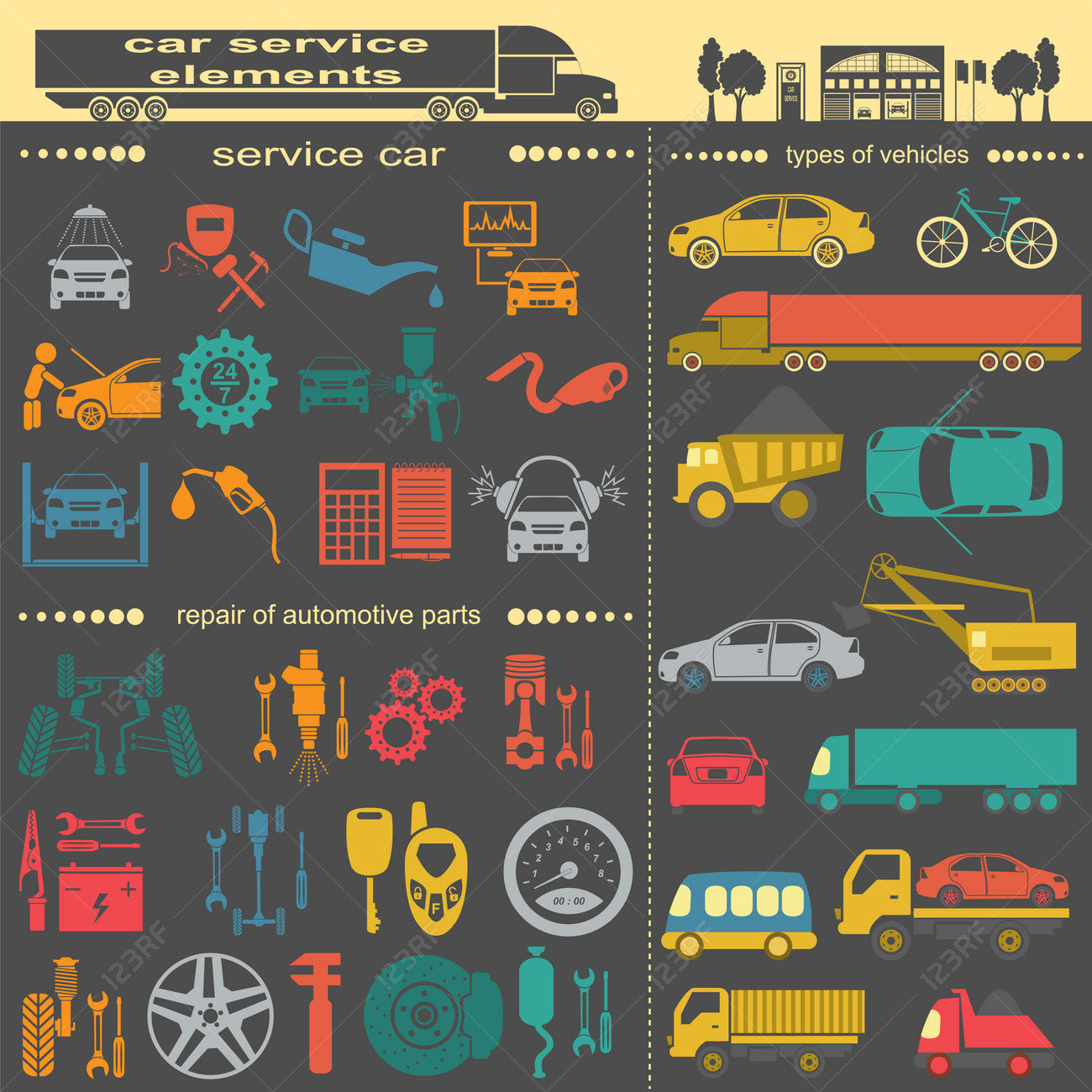Reveal The Definitions Behind The Dashboard Warning Lights In Your Car To Safeguard The Health And Wellness Of Your Lorry
Reveal The Definitions Behind The Dashboard Warning Lights In Your Car To Safeguard The Health And Wellness Of Your Lorry
Blog Article
Created By-Wilkinson Mendoza
When you're behind the wheel, those radiant caution lights on your dashboard can be a little bit difficult. Do you understand what they're attempting to tell you about your vehicle's health and wellness? Understanding the relevance of these lights is vital for your safety and the durability of your lorry. So, the next time one of those lights turns up, wouldn't you want to understand its message precisely and take the required steps to resolve it?
Common Caution Lights and Interpretations
Identify typical caution lights in your cars and truck and recognize their meanings to make certain secure driving.
The most normal warning lights consist of the check engine light, which signifies problems with the engine or discharges system. If this light begins, it's essential to have your vehicle examined without delay.
The oil stress warning light shows low oil pressure, requiring instant attention to avoid engine damages.
A flashing battery light might suggest a malfunctioning billing system, potentially leaving you stranded if not attended to.
The tire stress surveillance system (TPMS) light alerts you to low tire stress, impacting vehicle stability and fuel efficiency. Neglecting this could lead to hazardous driving conditions.
The abdominal muscle light shows an issue with the anti-lock stopping system, jeopardizing your capability to stop quickly in emergencies.
Last but not least, the coolant temperature level cautioning light warns of engine getting too hot, which can result in severe damage otherwise resolved promptly.
Recognizing these typical caution lights will assist you deal with concerns promptly and maintain safe driving problems.
Significance of Prompt Focus
Comprehending the usual caution lights in your vehicle is just the very first step; the relevance of quickly addressing these cautions can not be stressed enough to guarantee your safety on the road.
When a caution light brightens on your control panel, it's your auto's way of interacting a potential problem that requires interest. Disregarding these cautions can result in extra extreme problems in the future, compromising your safety and potentially costing you more in repairs.
auto brake repair to warning lights can avoid failures and accidents. As an example, a blinking check engine light could indicate a misfire that, if left unattended, can create damage to the catalytic converter. Addressing this promptly can conserve you from an expensive repair.
Similarly, a brake system warning light could signal reduced brake fluid or worn brake pads, essential parts for your security when driving.
Do It Yourself Troubleshooting Tips
If you discover a warning light on your dashboard, there are a couple of DIY fixing tips you can attempt before seeking professional aid.
The primary step is to consult your vehicle's guidebook to understand what the particular caution light indicates. Occasionally Source Webpage can be as easy as a loosened gas cap triggering the check engine light. Tightening up the gas cap might deal with the trouble.
An additional typical problem is a reduced battery, which can activate numerous advising lights. Checking the battery links for corrosion and ensuring they're safe could deal with the trouble.
If a caution light persists, you can attempt resetting it by detaching the cars and truck's battery for a couple of minutes and after that reconnecting it. Furthermore, checking your car's fluid levels, such as oil, coolant, and brake fluid, can assist troubleshoot alerting lights associated with these systems.
Conclusion
In conclusion, recognizing your car's caution lights is crucial for keeping your automobile running efficiently and securely. By promptly dealing with these alerts and understanding what they imply, you can avoid pricey repairs and prospective failures.
Bear in mind to consult your car's handbook for specific details on each alerting light and do something about it as necessary to make sure a trouble-free driving experience.
Stay notified, stay safe when driving!
